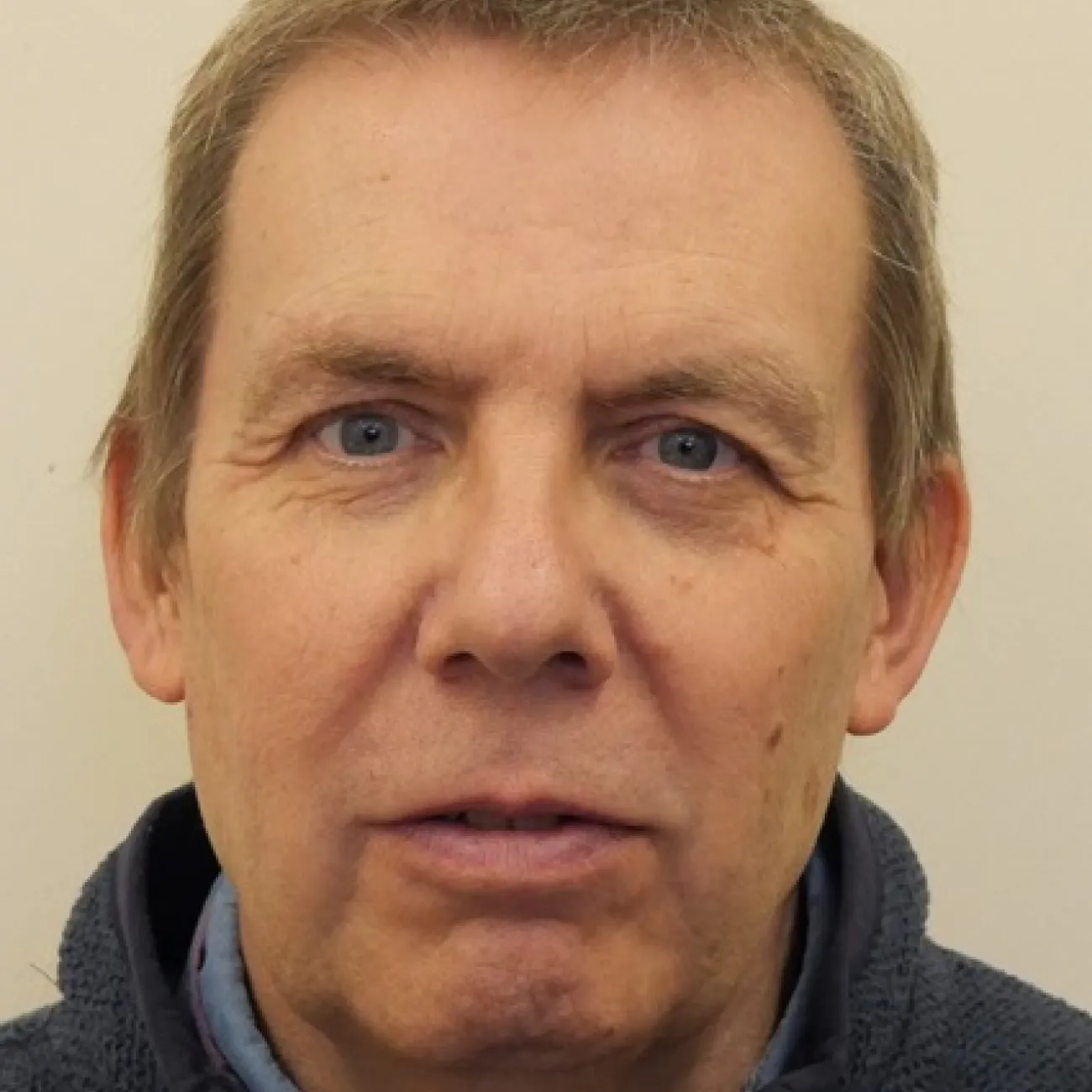About
Neil’s activities and interests encompass all areas of general dynamics involving discrete or continuous structural engineering systems – be they aerospace, automotive or civil engineering for example. His research covers everything from developing simple to complicated mathematical models, looking for physical behaviour and subsequently trying to validate them experimentally. The methodologies encompass wave modelling, variability and uncertainty and aspects of noise and vibration control, with niche application to estimation of material properties and damage or leak detection. Previous earlier work examined high intensity acoustic fatigue, including nonlinear dynamics and fatigue. More recently hybrid methodologies for structural response prediction in the mid to high frequencies have been developed, where existing numerical models (e.g. finite element models) are either inaccurate or highly sensitive to model variation.
Research
Research groups
Research interests
- Variability and uncertainty in Structural Dynamics
- Wave models and their development for structural dynamics
- Vibration in random and periodic media
- Structural dynamic prediction methodologies
Current research
Numerical methods are being developed that are both accurate and efficient for solving complex problems. They can be applied to fault detection or where such models can explore and quantify variability, due to manufacturing tolerances say, or uncertainty in the system behaviour, e.g. how stiff is a fabricated joint and what effect would result if you estimated its properties in the subsequent design of a structure? In addition, wave approaches provide physical insight and solutions to determination of damage in a corroded concrete structure, evaluate the effect of corrosion on its behaviour, or can assist in the detection of a leak from a water pipe. In some cases vibration is unwanted, so the research also considers active vibration control, i.e. the addition of specific additional vibration that can ‘cancel’ the original response.
Acoustic fatigue
Mid-to-High Frequency Modelling of Vehicle Noise and Vibration
Novel experimental characterisation of elastic & acoustic metamaterial as produced using additive manufacturing technology
Passive vibration isolation using nonlinear characteristics
Pipe Wave Modelling for Acoustic Leak Detection
Study of the dynamics of the suspension-seat-occupant system exposed to tri-axis translational vibration
Robust active vibration control by the receptance method
Variability and uncertainty in vibroacoustics
Vibration Analysis of Connected Local Uncertain Geometries via Wave Finite Element (WFE) method and Polynomial Chaos Expansion (PCE)
Wave and Finite Element Modelling
Research projects
Completed projects
Publications
Pagination
-
Previous page Previous
- …
- 4
- 5
- 6
- 7
- 8
- …
-
Next page
Next
Teaching
My teaching covers some fundamental dynamics and subsequently then develops into fundamental and advanced/applied vibration engineering principles and applications. The more fundamental courses are generally suitable for all first year engineering degree programmes at Southampton, whilst the latter vibration basics and further specialism are most suitable for Mechanical Engineering students or postgraduates. Projects for undergraduate and postgraduate students touch on areas of my research interests, and generally encompass some basic and more advanced applications.
External roles and responsibilities
Biography
A mathematician by undergraduate degree, Neil developed a lifelong interest and motivation in the area of vibration and dynamics through a PhD in modelling a rotating disc. Subsequently his horizons incorporated aerospace engineering postgraduate research for satellite launch response predictions at higher frequencies and then via external BAe sponsorship a period of work considering acoustic fatigue. He has subsequently developed a portfolio of research projects and teaching when appointed to the university, progressing to a more senior position as well as taking on various admin roles of increasing responsibility in management of teaching programmes and more lately as Deputy Head of School of Engineering with responsibility for the School Infrastructure.
